—Angela Nuñez, Certified Yoga Instructor
Equestrians interact with large, powerful animals on a daily basis. Horses are not only physically strong, but also emotionally sensitive and intelligent. If you walk into the barn in a bad mood, stressed out, or upset, your horse will sense it. A negative state of mind also creates a less safe environment, as a distracted mind may not notice a potential threat. If, on the other hand, you walk in calm, centered, and relaxed, your horse will also sense it, and you are likely to have a more pleasant interaction. Your presence in the moment will help your horse feel safer, and you will be more aware of your environment. So how do you set yourself and your horse up for success? Yoga can help!
There are eight limbs, or guidelines, of yoga, that help yogis live a life of purpose. There are three limbs in particular that can help equestrians improve their horsemanship, riding, and overall relationship with their horses: asana (physical postures), pranayama (breath control), and dhyana (meditation).
Asana is the limb of yoga most Westerners are familiar with, as most yoga studios’ group classes focus on this limb: the physical practice of yoga. A strong asana practice helps riders improve their strength, balance, and flexibility. Your horse will thank you if you start incorporating asana in your daily (or at least weekly) routine. Pranayama, or breath control, helps riders improve focus and relaxation. There are numerous types of pranayama, but the two that are the most beneficial to equestrians are Deergha Swasam (three-part breath) and Nadi Suddhi (alternate nostril breathing), which we’ll cover in another blog post. Horses are intensely aware of their environment at all times, and a regular dhyana meditation practice helps equestrians stay present in the moment and remain acutely aware of their environment, therefore being more in tune with the horse.
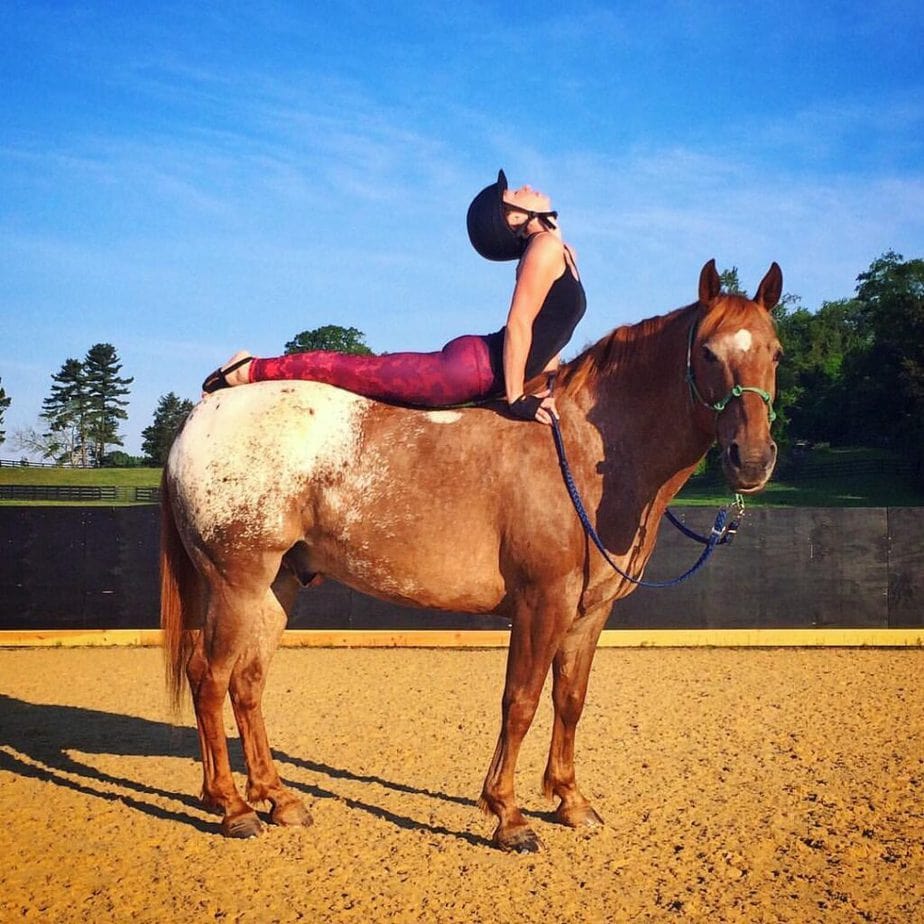
The best way to start building an asana practice is by finding a private yoga instructor or a group beginner yoga class. Learning proper alignment is key to getting the most out of your asana practice while preventing injury. Pranayama is a powerful tool that must be approached with caution, so it’s best to find an experienced private instructor to help you get started. Pranayama affects the nervous system, and if practiced improperly, can have negative effects. When practiced slowly and properly, though, pranayama can help you be more relaxed, calm, and centered no matter what is going on around you (or what your horse is doing underneath you)! Numerous apps exist that teach meditation, and with all the different types of meditation, you can certainly find one that works for you. There are also yoga teachers and groups that teach meditation.
No matter which equestrian sport you’re into, yoga can enhance your horsemanship and riding skills. Your horse will feel the difference in your body, and you’ll enjoy a more positive relationship with your horse once you start the inner work that yoga enables you to do. Just as there is always more to learn with horses, there is always more to learn in yoga. A lifelong journey with endless benefits, yoga will help you get to know yourself, and your horse, better.
![]() @horse_girl_yoga
@horse_girl_yoga![]() @horseyogagirl
@horseyogagirl
Angela Nuñez-Bowman is a lifelong equestrian and certified yoga instructor specializing in Hatha, Buti, and Horse Yoga. She is sponsored by Horse Tack Company and Equivisor and is a brand ambassador for Outback Trading Company and Goode Rider. Angela has been featured in Horse & Hound, People Magazine, TMZ, Good Morning America, Mashable, Daily Mail, Equestrian Living, Virginia Living, and The Huffington Post. She resides in rural Virginia with her husband, two dogs, and two horses.



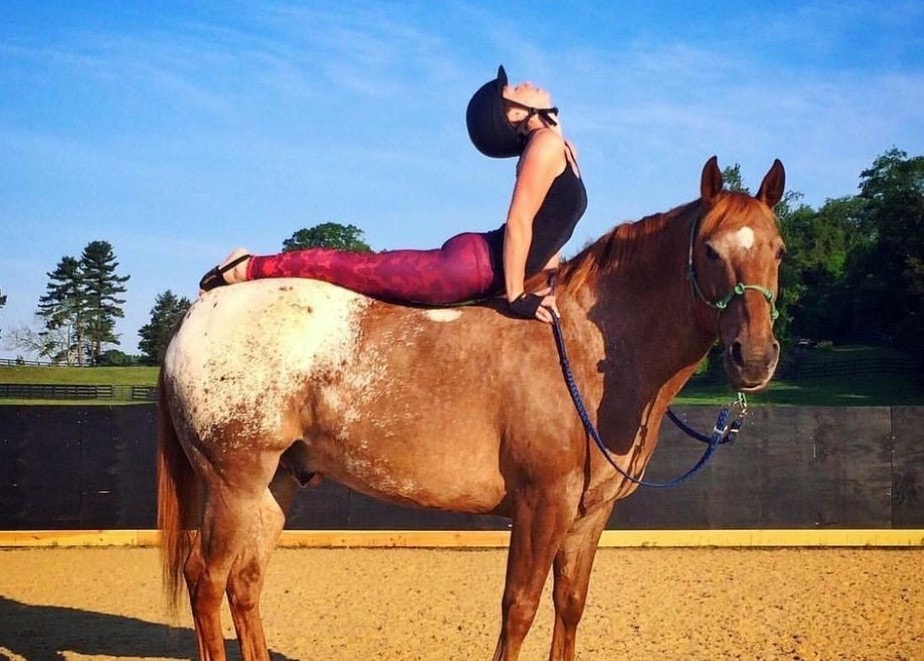
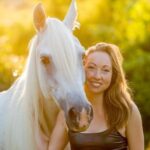
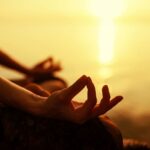
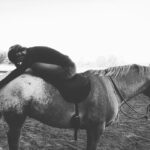
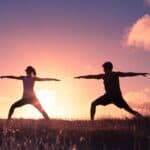
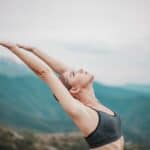

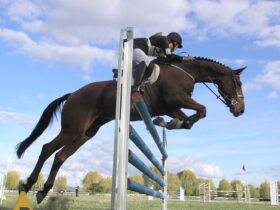
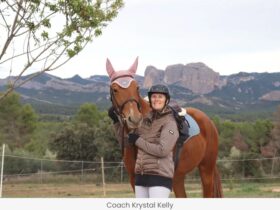
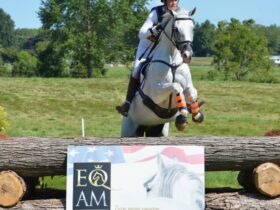
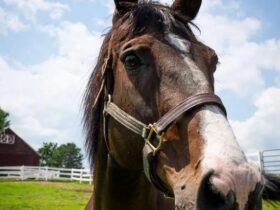
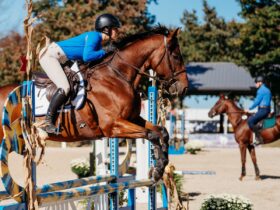

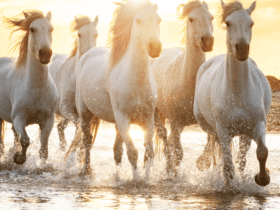
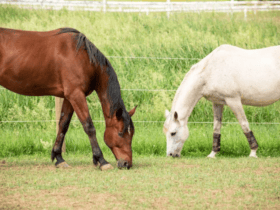

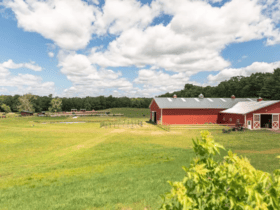
 equestrian
equestrian  magazine designed to educate and inspire. Check out EQuine AMerica Online
magazine designed to educate and inspire. Check out EQuine AMerica Online  Stay motivated with #eqammoto
Stay motivated with #eqammoto 

 Then tap
Then tap  our Linkin.bio to read L.A. Sokolowski's (the OG Equinista!) story about this real-life Out of Africa experience run by American equestrian travel agency Active Riding Trips
our Linkin.bio to read L.A. Sokolowski's (the OG Equinista!) story about this real-life Out of Africa experience run by American equestrian travel agency Active Riding Trips 



 Comment below!
Comment below!

 THREE-BOOK GIVEAWAY
THREE-BOOK GIVEAWAY  As interviewed in the documentary film
As interviewed in the documentary film  The Mustangs: America's Wild Horses
The Mustangs: America's Wild Horses 




 ) delivering hundreds ...
) delivering hundreds ...

SOCIAL